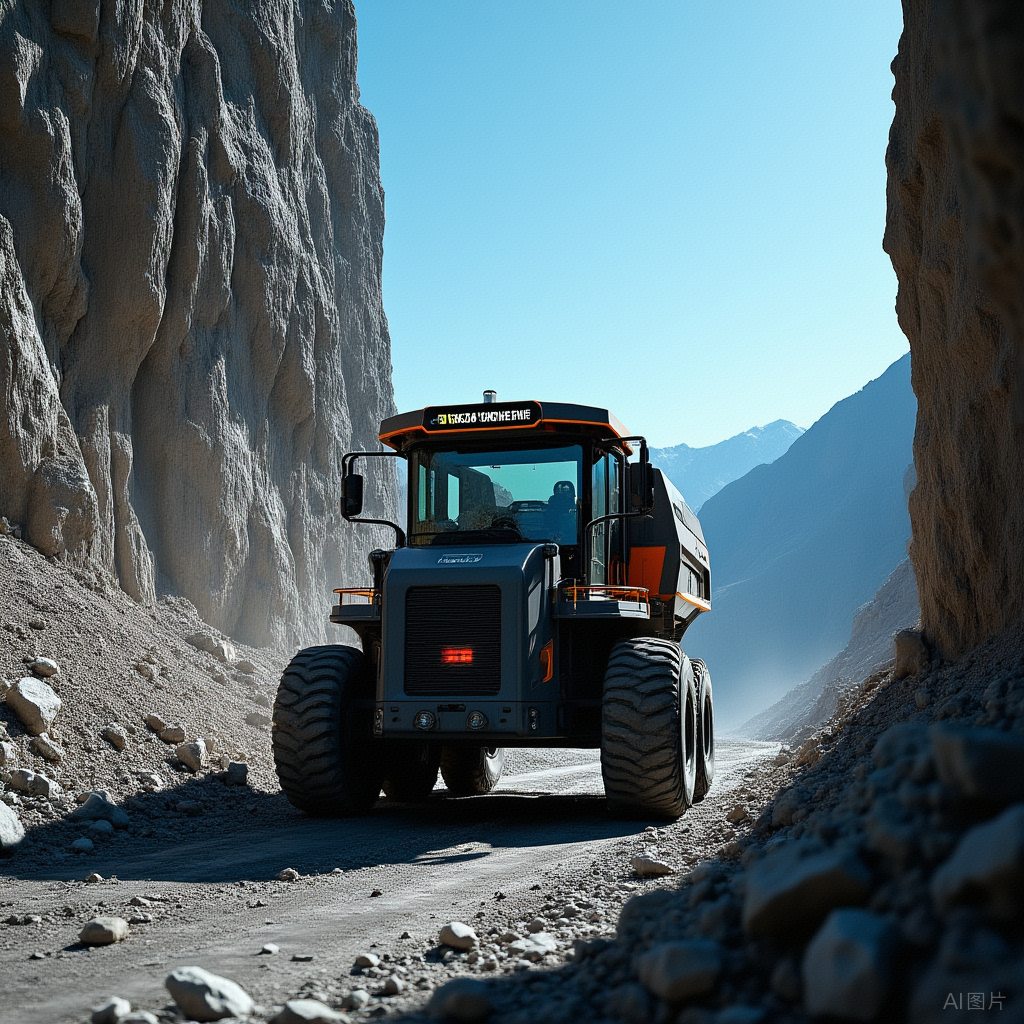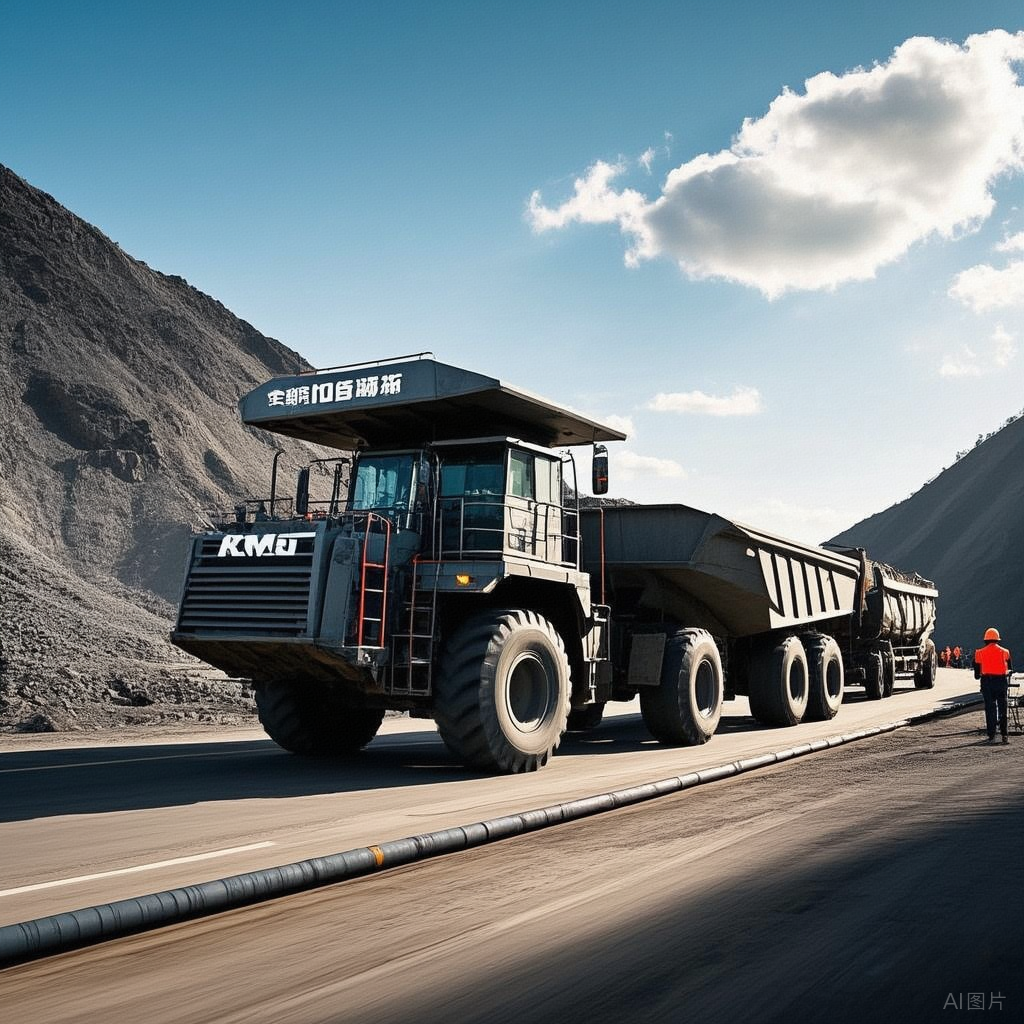Mine Autonomous Driving: A Quiet Revolution Poised to Outpace Robotaxi Commercialization?
![]() 01/23 2025
01/23 2025
![]() 581
581
Introduction
Today, we delve into an intriguing question: in the autonomous driving race, will mine autonomous driving or the highly anticipated Robotaxi hit the commercialization finish line first? Join us as we explore this exciting tech marathon.
(For reference, please click: 162 Units of Easy Control Intelligent Driving Autonomous Mining Trucks Deployed in 5 Open-pit Coal Mines in State Power Investment Corporation's Eastern Mongolia Region, Autonomous Driving Efficiency Reaches 98% of Manned Driving)

I. The Allure and Hurdles of Robotaxi
In recent years, Robotaxi has garnered significant attention, from the flashy road tests of Luobo Kuaipao to the buzz around Tesla's Cybercab concept. However, beneath its glamorous exterior lies numerous challenges for implementation and commercialization.
Firstly, the cost is prohibitive. Developing advanced autonomous driving technology and equipping vehicles with high-precision sensors require substantial investments.
Industry statistics reveal that the initial R&D and equipment costs for a typical Robotaxi can reach several hundred thousand yuan or more. Additionally, the ongoing costs for maintenance and data processing are also astronomical to ensure safe operations.
Moreover, policy restrictions pose another barrier. Each city has different rules and regulations for Robotaxi operations, akin to placing various "tight collars" around its neck, significantly slowing its rollout.
Lastly, there's the issue of application scenarios. Most Robotaxis are limited to specific areas and road conditions, with full deployment on complex urban roads still a distant reality.
II. Mine Autonomous Driving: A Quiet Revolution
While Robotaxi steals the limelight, mine autonomous driving has quietly made significant strides in the "unnoticed" corner.
From 2019 to 2023, the mine autonomous driving industry witnessed an average annual compound growth rate of 89.6%, akin to a rocket's ascent!
Public data even projects that by 2025, the market size for autonomous mining in China will exceed 100 billion yuan, an exciting prospect indeed.
In the 1990s, mines attempted unmanned mining, but technological limitations, exorbitant costs, and incompatible equipment hindered progress. However, the rise of autonomous driving startups in 2015 brought new hope for smart mines.

After 2018, the commercialization of autonomous driving shifted to closed scenarios. Mines, with their enclosed environments, fixed routes, and slower speeds, emerged as an ideal testing ground for autonomous driving technology, transforming mine autonomous driving from concept to practical application.
2024 is poised to be the inaugural year of commercialization for mine autonomous driving. Companies such as Huawei, Easy Control Intelligent Driving, Tagoe Intelligent Driving, Lookar Intelligent Driving, and Cidi Intelligent Driving have made remarkable strides.
Huawei, in collaboration with partners, has applied 5G technology to mine production, increasing the driving speed of mining vehicles in the Luanchuan Molybdenum Mine to 35 kilometers per hour, significantly boosting productivity.
Furthermore, Huawei has proposed the construction of a mine industrial internet with unified standards, architecture, and data specifications, laying a solid foundation for the future of smart mines.
III. The Strengths and Challenges of Autonomous Mining Vehicles
Unlike Robotaxi, the R&D focus of autonomous mining vehicles is distinctly different.
Mines are harsh environments, characterized by steep slopes and dust. Autonomous mining vehicles must adapt to these conditions and complex road scenarios while seamlessly integrating with mine production processes.
For instance, Easy Control Intelligent Driving's single-vehicle intelligent system excels in safety and adaptability, ensuring stable operation under harsh conditions and reducing accidents caused by human interference.
In terms of operating costs and efficiency, autonomous mining vehicles also offer notable advantages.
While mine operations are unique, with relatively high equipment wear and failure rates, as technology matures and economies of scale kick in, costs are bound to decrease. Moreover, autonomous mining vehicles can operate continuously for 24 hours.
According to the Australian Mining Technology Group, manually driven mining trucks operate for 5,500 to 6,000 hours annually, whereas autonomous trucks can work for 7,000 hours.
Autonomous driving technology also minimizes human errors, reduces mechanical wear, and lowers maintenance costs. Data from relevant manufacturers suggests that after implementing autonomous driving in open-pit mines, transportation costs can decrease by 15%, and tire life can increase by 40%.
However, mine autonomous driving faces challenges, including the lack of a unified standard and system for inventory statistics, which hinders development planning and resource allocation.
Additionally, significant technology investments, long R&D cycles, and high market promotion difficulties require enterprises to convert technological advancements into economic benefits.
In conclusion, despite the challenges of standardization and profitability, the dual "east winds" of technology and policy are propelling mine autonomous driving forward. In the future, it is expected to break these barriers, achieve large-scale profitability, standardize industry development, and completely reshape the mine operation ecosystem. Let's eagerly anticipate the magnificent transformation of this "invisible giant"! What are your thoughts, dear readers?








